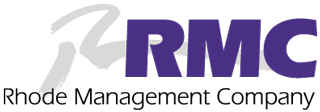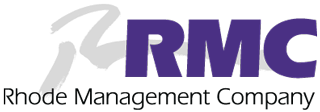There’s an old saying that applies to many situations in life, and especially to the state of our Industry these days: “Sometimes you’re the windshield. Sometimes you’re the bug.”
I used this line in my summary of the technology panel at the 2018 CEO Summit in Chicago as a challenge to dinosaurs and late adopters to embrace technology and other innovations in our industry, lest they become the bug left behind by those who got onboard. This topic also serves as a nice sequel to last month’s CEO Summit Insights column, “Flipping the Telescope.”
It’s not difficult to translate this idea into the context of our own businesses. At some point (I hope), your business has been the windshield, plowing through the space of your market(s) offering protection, comfort and a clear view of the future for everyone onboard — your customers, stakeholders and you.
All is well until you catch a glimpse in your rearview mirror of some big new land yacht bearing down on you from behind, or worse, coming at you from the side or even head-on in what used to be “your lane.”
These threats usually arrive in the form of new competition or changes in consumer behavior that we call fads or trends. When that happens, you run the risk of becoming the bug. Your survival depends on your choices and timing. Spot them soon enough and you can change course gracefully to avoid peril or even go with the flow finding new lanes of opportunity. Wait too long and you’ll be disrupted at best, or worse, you’ll be splattered on the windshield of the changing consumer preference that you failed to recognize or acknowledge.
New technologies—apps, platforms, wearables, digital streaming and big data for health and fitness—are arriving at a dizzying pace. Consumers are increasingly willing to embrace these technologies for the sake of convenience, results, savings or all of the above. Technology can be a formidable threat or opportunity, depending which side of the windshield you’re on.
Another ever-present source of challenge and opportunity comes from new business models. This has been going on since the beginning of our industry starting with gyms, tennis and swim clubs, racquetball clubs, fitness centers, and chains, followed by multi-purpose clubs, personal training studios, and more recently, franchises, high-volume/low-price models and boutique studios, such as barre, cycling, CrossFit, boot camp or boxing. The only limits here are one’s ability to imagine and sufficiently fund a new approach that consumers will embrace.
As the road forward becomes congested with emerging trends, new business models and fast-moving technologies, it is increasingly imperative to decide well in advance where to lead, where to follow and where to get out of the way – lest you become the bug.





